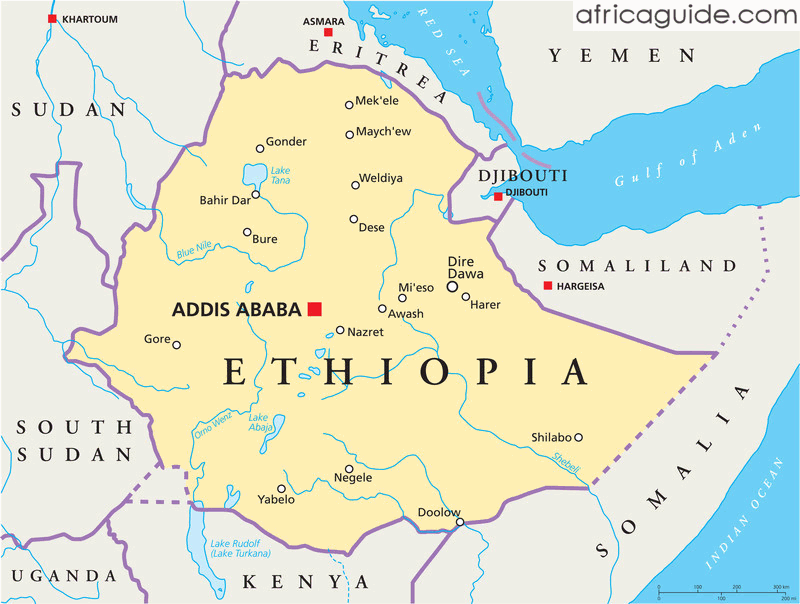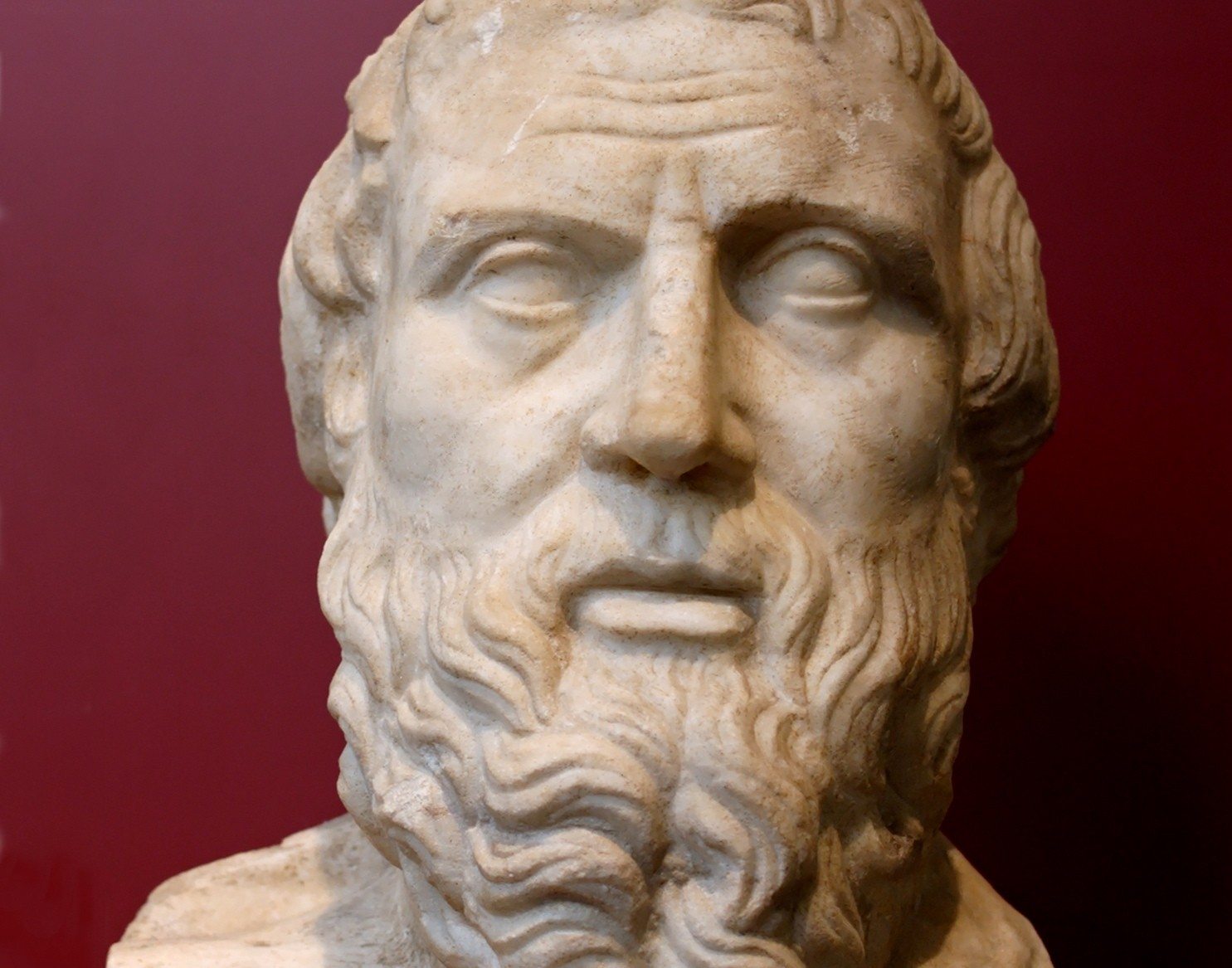Ancient Ethiopia, Ethiopian Empire, or Abyssinia is one of those places in Africa where a number of remarkable events happened in the history of the ‘Horn of Africa’.
To begin with, the Horn of Africa denotes the peninsula in the North-eastern part of Africa which is made up of four countries including Somalia, Ethiopia, Djibouti, and Eritrea. Despite the fact that these countries share similar geographic endowments and linguistic and ethnic connection, they are still different in many ways.
Ethiopia Map
Ethiopia is located in the Horn of Africa, on the North Eastern side of the African continent bordering Sudan to the north and north-west, Eritrea to the north and north-east, Djibouti to the east, and Somalia to the east and south-east.

Ancient Ethiopia – History and Religion
Ethiopia on its own is a country that has rich cultural and religious diversity with a history that dates as far back as the 8th Century B.C. Considered to be in the first line of series of successor Kingdoms that was never interrupted until modern times, is the Axumite Kingdoms that rose in the first century.
Even so, the Ethiopian traditional cultures retained much from their ancient past, including the founding of one of the first Christian Kingdoms in the world. In addition, retaining a form of Christianity very closely related to the early Judeo-Christian traditions that have since changed to a very great extent in other places.
It is believed that King Menelik, who was the son of Solomon and the Queen of Sheba founded this country many years ago. Queen of Sheba’s place was located in northern Ethiopia in the province known as Tigray. This place also formed the Axum, which was the home of the ark of the covenant that King Menelik brought there from Jerusalem.
In the same period, the missionaries in the 17th century thereafter introduced Christianity to the people of ancient Ethiopia; that was a century before the Islamic religion was introduced in the country. In the same duration, the Portuguese captured the town to transform it into Roman Catholicism. This led to inter-religious fights within the country/empire leading to massive loss of lives. The Ethiopians were ultimately taken away from the country.
For about over 100 years, Ethiopian people had no center of power. This was called the “Era of the Princes”. This was marked by competition among the individual regional leaders who were controlling the country. This era also marked the breakdown of the Ethiopian empire in 1780 with the aim of unifying the people. In the year 1869, the Emperor Tewodros brought princes together in an attempt to stabilize the country’s political, as well as economic status.
Unforgettable Events in Ethiopia
Below are some of the most spectacular and unforgettable events of Ethiopia:
Development of the Greek Historian Herodotus

This is the main reason why ancient Ethiopia became famous those days. The wisest man on earth from history, King Solomon visited the great Ethiopia from Jerusalem and this made the country one of the foundations of the biblical history when compared to other countries in North Africa. At the same time, there was the spread of the Greek writings as well as the teachings in the country. Other scientists also believe that the Greeks who were living in Ancient Ethiopia first wrote the Old Testament and this makes the country one of the countries with more history to tell the whole world. Generally speaking, people believe that biblical teachings started in Ancient Ethiopia.
Read More: 5 Creepy Ethiopian Cultural Practices
The Colonization of Ethiopia

The Italian captured Ethiopia in the mid-1880s before a defeat in the Battle of Adwa in year 1896. This will remain one of the remarkable victories that African countries had over the colonial power. In the same year, King Zewditu died before the Italian invaded Ethiopia again to colonize it. Haile Selassie, the Ethiopian leader appealed to League of Nations, but the appeal was ignored. In the same year, he fled to UK on exile, where he spent 5 years until Ethiopian patriotic-resistance forces with the assistance of British defeated Italians before he returned home. During the period, the Ethiopians developed several groups that were helping them come up with the strategies on how to defeat the colonialists.
In the year, 1968, the colonialists signed an agreement that they were going to pull out of Ethiopia to allow the leaders manage the country by themselves. This also brought joy among the citizens of the country since they knew that they would ultimately get to enjoy that freedom their ancestors enjoyed.
Ethiopia Achieved its Independence

Through their leader, Haile Selassie, the country gained its independence on 1st April, 1974. In the same year, Haile Selassie was sworn in as the Ethiopian leader. His role was to ensure that the country gains economic stability as well as political maturity. In the same event, the country received assistance severally from the international community to enable them start their development plans.
In the year 1978, Transitional Government of ancient Ethiopia (TGE) was created from EPRDF in addition to other political parties within the country, with about 87 strong Council of Representatives working under a transitional constitution.
In May 1991, The Eritrean People’s Liberation-front (EPLF), under the leadership of Isaias Afworki, assumed power in Eritrea immediately after separating from Ethiopia after 30 years of struggle before establishing a provisional government.
